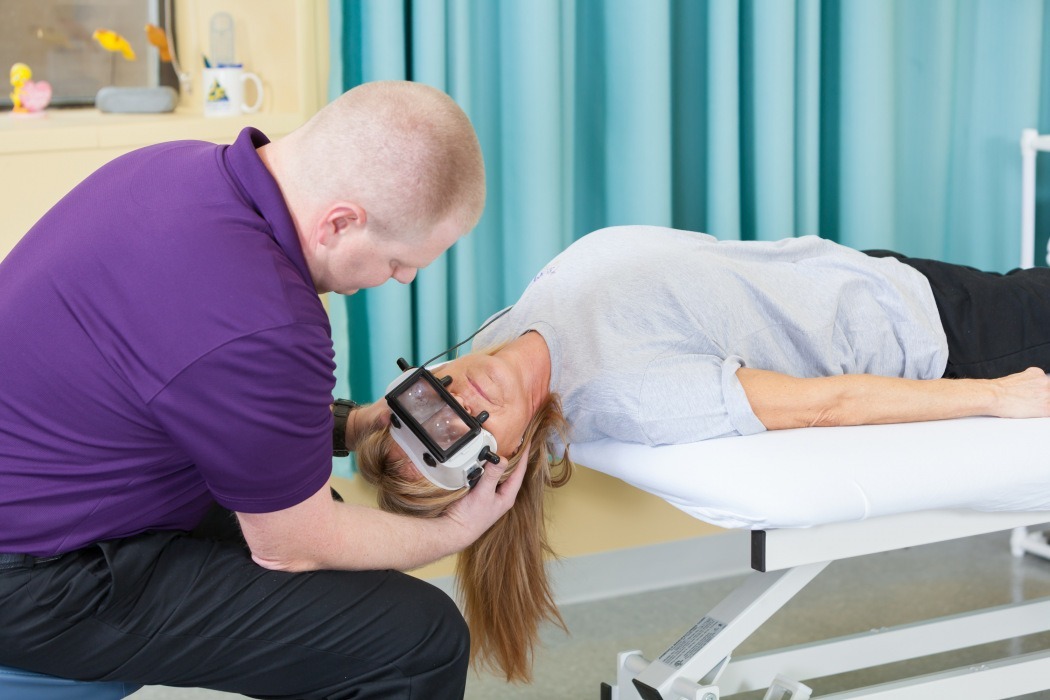Vestibular therapy is a method that physical therapists use to help patients suffering from vertigo and other vestibular symptoms. A physical therapist will first help you diagnose your vertigo to ensure there are no severe underlying causes. Diagnosis usually happens through a physical examination and medical history.
Next, Physical vestibular physiotherapy in Edmonton will work to create a rehabilitation plan based on sensory and hearing tests. This will help the therapist determine whether your vertigo is a central nervous system issue, peripheral vertigo, or another type of affectation.

Image Source: Google
Depending on the type of vertigo, vestibular therapy may take many forms. This can include, but is not limited to, the following:
Balance Training
Balance training is a form of vestibular therapy that is designed to help patients increase their stability. It may not directly reduce symptoms of vertigo, but it significantly helps patients deal with symptoms of vertigo by strengthening their body’s reaction to dizziness. Balance training is exceptionally helpful for preventing falls in senior age groups.
Gaze Stabilization
Gaze stabilization helps treat vertigo by training the brain to use vestibular information more effectively. Therapists assign specific head and eye movements in order to promote vestibular health and improve the patient’s stability.
Canalith Repositioning Treatment (CRT)
This treatment is designed for patients experiencing vertigo from benign paroxysmal positional vertigo. BPPV causes microscopic inner ear crystals to be displaced, which is what creates vertigo symptoms in those patients.
In CRT, therapists perform manual adjustments to your head and neck in order to realign the inner ear crystals and reduce or eliminate vertigo. The therapist will also give patients at-home exercises to do which, when properly and consistently performed, may help the patient relieve or even eliminate their vertigo.